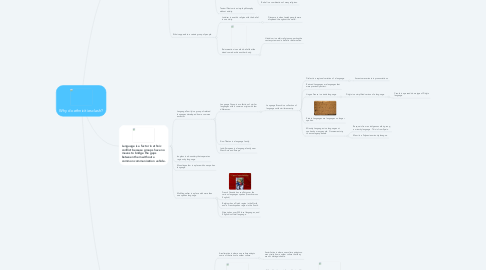
1. Religion is a factor in ethnic conflict as people are divided into groups with a compelling need to defend disparate religious tenants and sects.
1.1. Secularism rejects doing good things for an afterlife.
1.2. Universalizing tries to appeal to everyone.
1.2.1. Polytheism is the belief in more than one deity.
1.2.1.1. Buddhism is a polytheistic branch of religion.
1.2.2. Monotheism is the belief in on deity.
1.2.2.1. Sikhism is a monotheistic religion with the belief of treating everyone equal.
1.2.2.2. Christianity is a monotheistic religion.
1.2.2.2.1. Protestantism is a branch of Christianity.
1.2.2.2.2. Roman Catholicism is a branch of Christianity.
1.2.2.2.3. Northern Ireland has a strong conflict between Protestants and Catholics.
1.2.2.3. Islam is a monotheistic religion.
1.2.2.3.1. Sunni is a branch of Islam.
1.2.2.3.2. Shias is a branch of Islam.
1.2.2.4. Baha'i is a combination of many religions.
1.2.3. Taoism/Daoism is a simple philosophy without a deity.
1.3. Ethnic appeals to a certain group of people.
1.3.1. Judaism is an ethic religion with the belief in one deity.
1.3.1.1. Diaspora is when Jewish people were dispersed throughout the world.
1.3.2. Reincarnation is an ethic belief that the dead come back in another body.
1.3.2.1. Hinduism is a ethic religion supporting the caste system and a belief in reincarnation.
2. Language is a factor in ethnic conflict because groups have no means to bridge the gaps between them without a common communication vehicle.
2.1. Language Family is a group of related languages developed from a common ancestor.
2.1.1. Language Group is a collection of similar languages with a common origin with few differences.
2.1.1.1. Language Branch is a collection of languages with similar ancestry.
2.1.1.1.1. Dialect is a regional variation of a language.
2.1.1.1.2. Revived Languages are languages that were previously extinct.
2.1.1.1.3. Lingua Franca is a trade language.
2.1.1.1.4. Extinct Languages are languages no longer spoken.
2.1.1.1.5. Minority Languages is a language not spoken by many people. Governments try to encourage speakers.
2.1.2. Sino-Tibetan is a language family.
2.1.3. Indo-European is a language family near West Asia and Europe.
2.2. Isogloss is a boundary that separates regions by language.
2.3. Monolingualism is a place with one spoken language.
2.4. Multilingualism is a place with more than one spoken language.
2.4.1. French Canada has conflicts over the various languages spoken (French versus English).
2.4.2. Belgium has a Dutch region in the North and a French spoken region in the South.
2.4.3. Nigeria has over 230 local languages, and English is official language.
3. Culture is a factor in ethnic conflict as individuals can be offended by cultural norms from different groups.
3.1. Cultural Trait these are on aspect of a culture.
3.1.1. Acculturation is where one culture adapts some of the traits of another culture.
3.1.1.1. Assimilation is where one culture adapts so many traits from another culture that they are not distinguishable.
3.1.2. Material Culture are tangible culture traits.
3.1.2.1. Cultural Landscape is the architecture left behind by a culture that alters the environment.
3.1.2.1.1. Four House Types are Salt Box, 2 Chimney, Cape Code and Front Gable and Window
3.1.3. Nonmaterial Culture are intangible cultural traits.
3.2. Folk Culture is rural, found homogeneous society and based heavily on traditions.
3.3. Popular Culture is urban, found in a heterogeneous society and shares certain habits despite differences and other personal characteristics.
3.3.1. Placelessness is where an area is not unique.
3.3.2. Hierarchical Diffusion is spreads from one class to another class.
